Hydrofoils are a fascinating technology in the world of watercraft, enabling boats to “fly” above the water surface and achieve higher speeds with greater efficiency. Understanding and visualizing how hydrofoils work can be complex, but images and diagrams play a crucial role in simplifying this technology for a general audience. This article will explore various aspects of hydrofoil images, from their importance in understanding the technology to how they are used in design, marketing, and education.
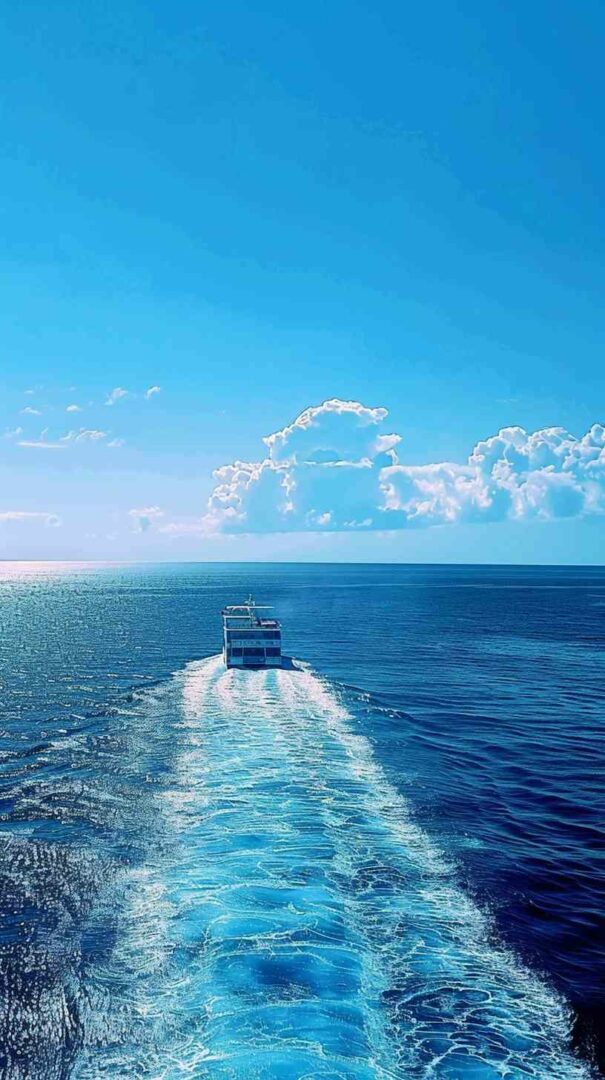
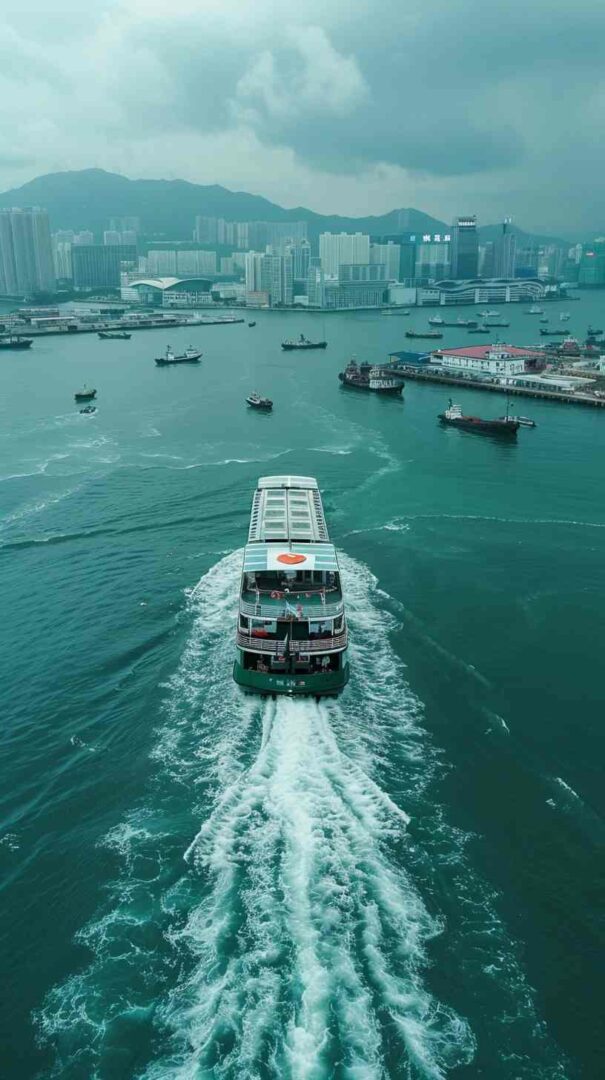
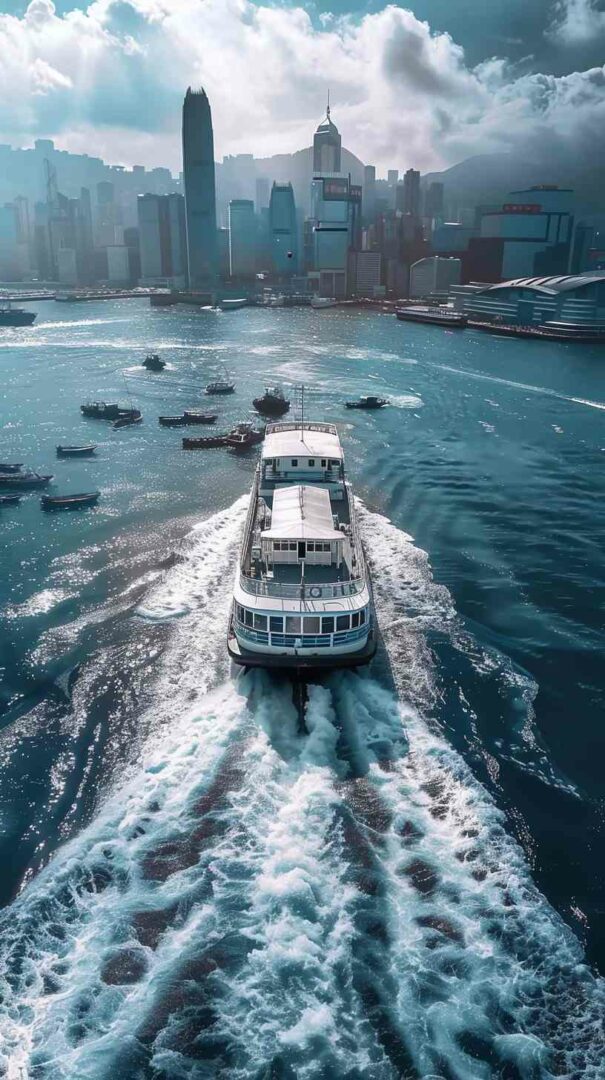
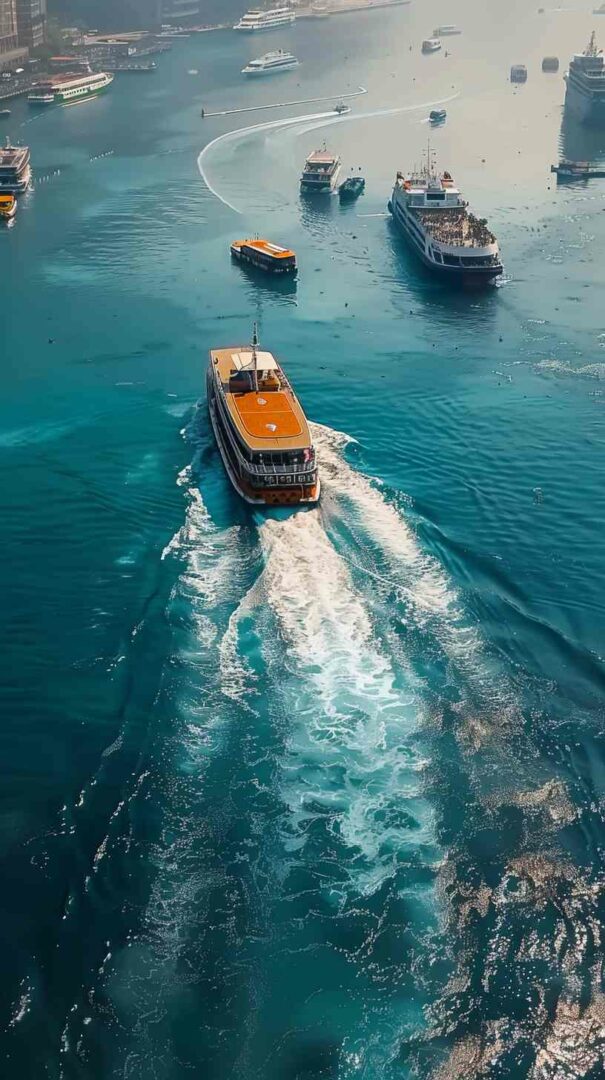


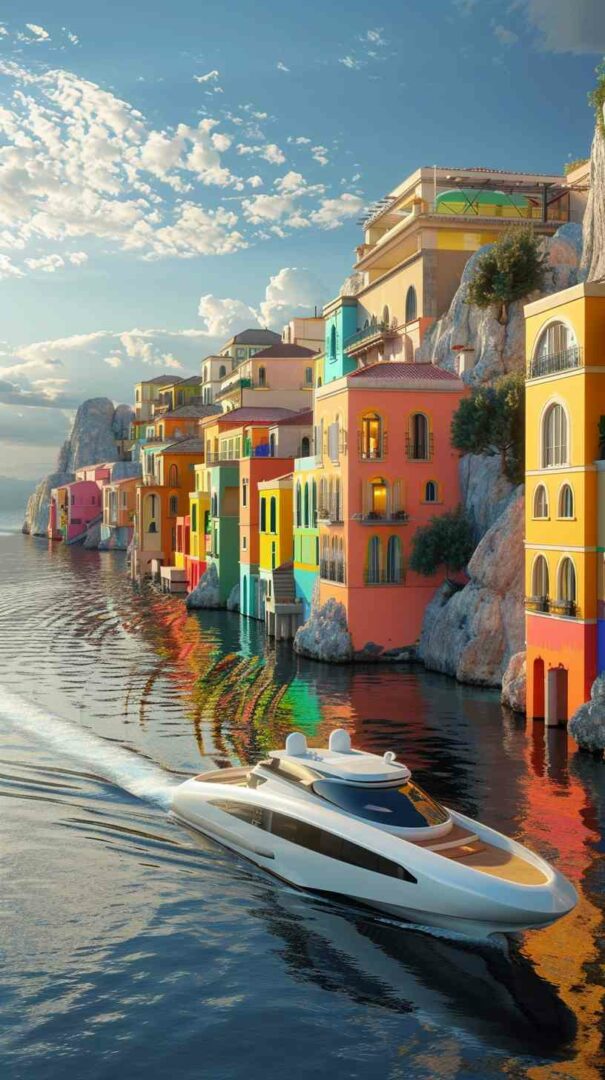


What is a Hydrofoil?
A hydrofoil is a lifting surface, or foil, that operates in water. Similar to how an airplane wing functions in the air, a hydrofoil creates lift as water flows over it, lifting the boat’s hull above the water’s surface. This reduces drag and allows for higher speeds and more efficient travel. Hydrofoils can be found on a variety of watercraft, including sailboats, powerboats, and even personal watercraft.

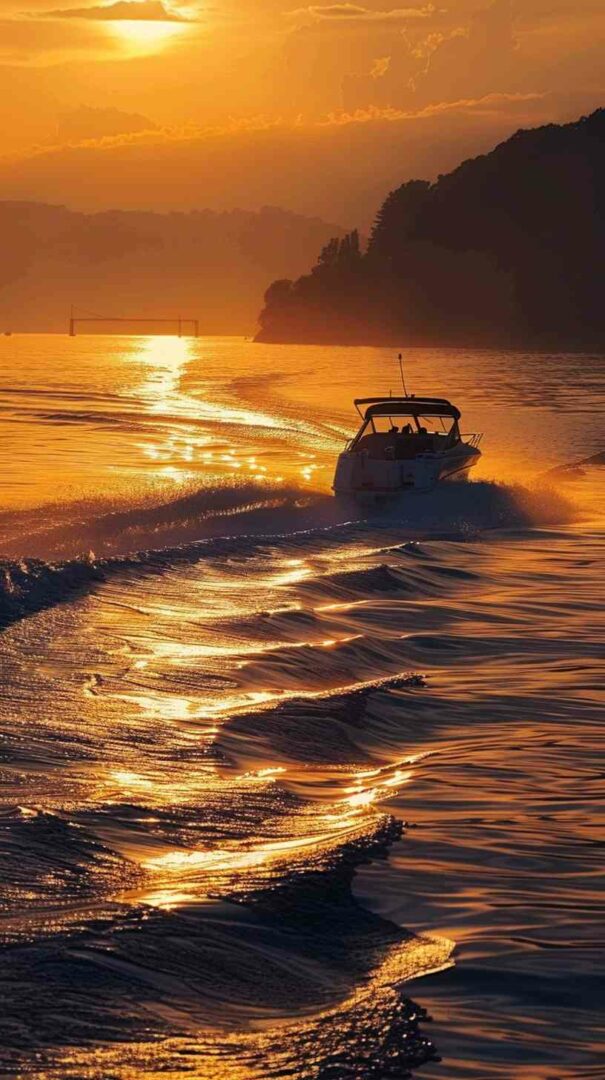

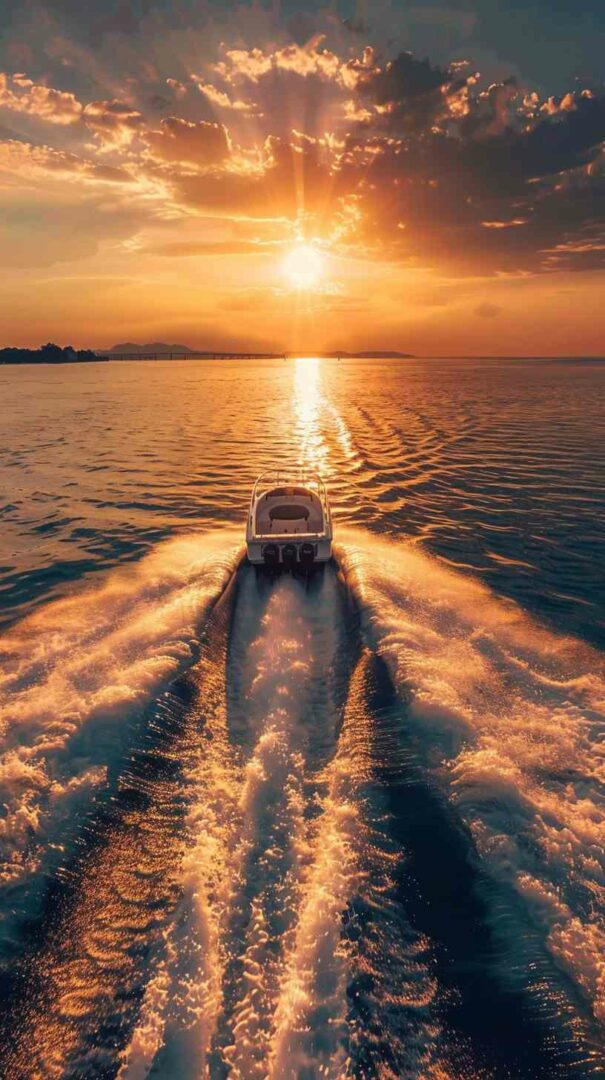

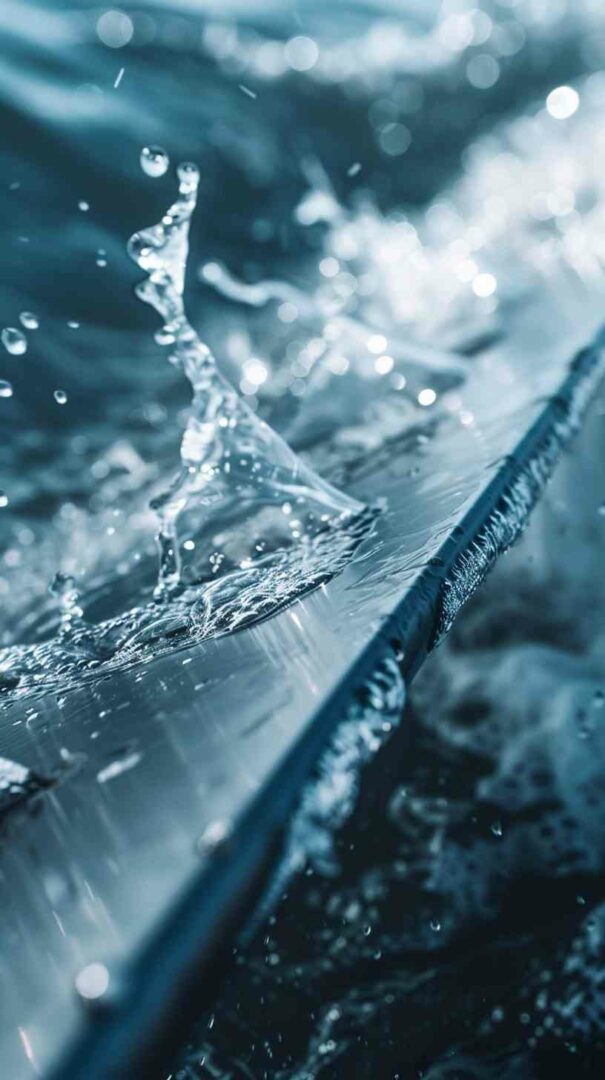

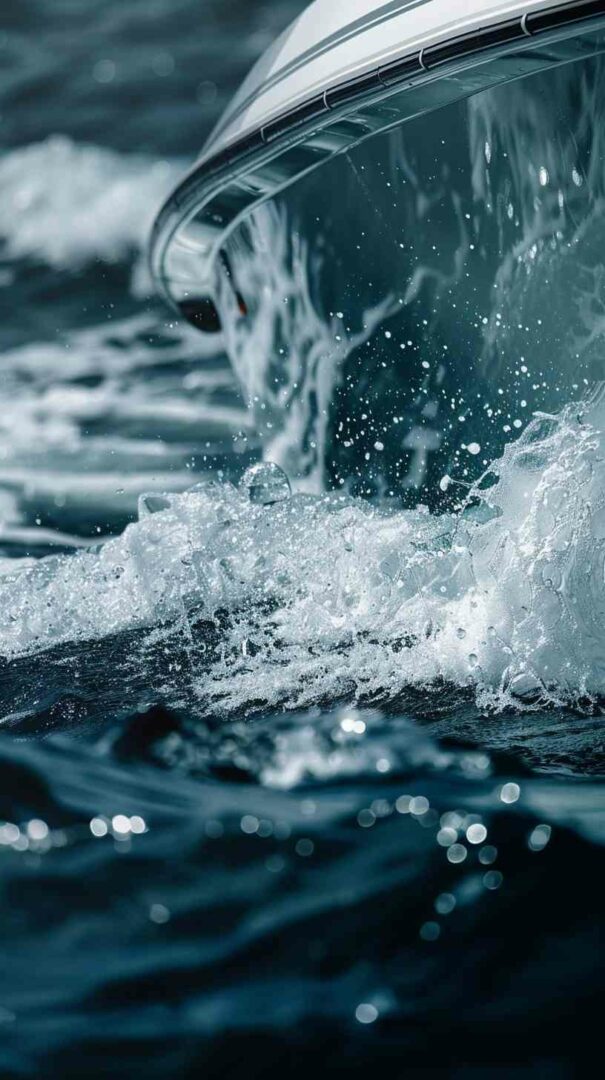
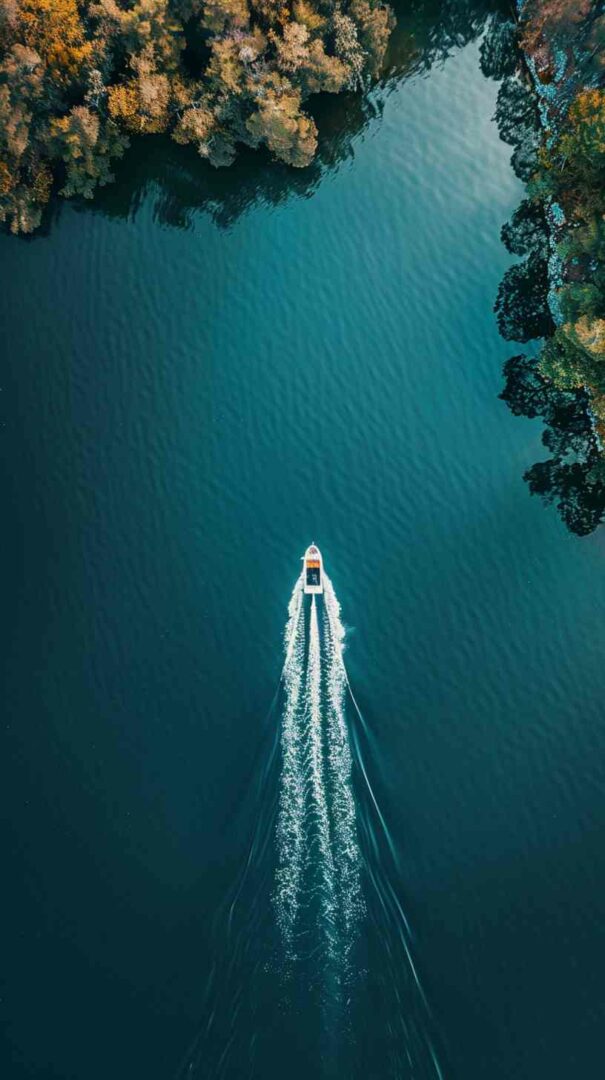
Importance of Hydrofoil Images
Hydrofoil images are essential for several reasons:
- Visualization: Hydrofoils can be difficult to visualize, especially for those unfamiliar with fluid dynamics. Images help people understand how the foils interact with water and how they lift the vessel.
- Design and Engineering: For designers and engineers, images, diagrams, and 3D models are crucial tools. They allow for the analysis of foil shapes, angles, and configurations, which are essential for optimizing performance.
- Education: Hydrofoil images are valuable educational tools. They help students and enthusiasts grasp the principles of lift, drag, and hydrodynamics, which are fundamental to understanding how hydrofoils work.
- Marketing and Communication: In the boating industry, images are vital for marketing and communication. They help convey the benefits of hydrofoil technology to potential buyers and investors.
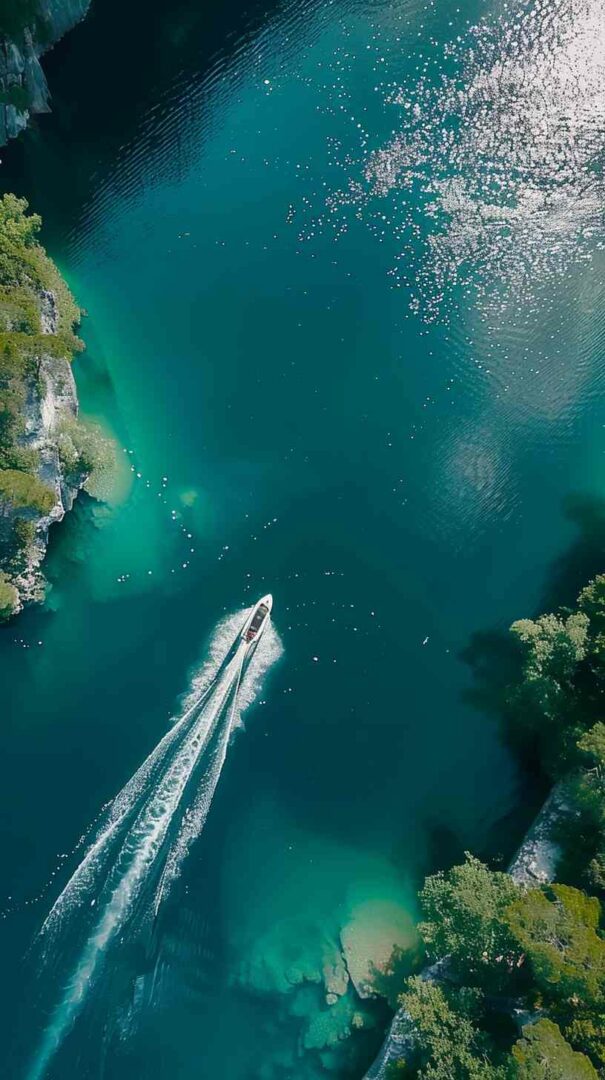


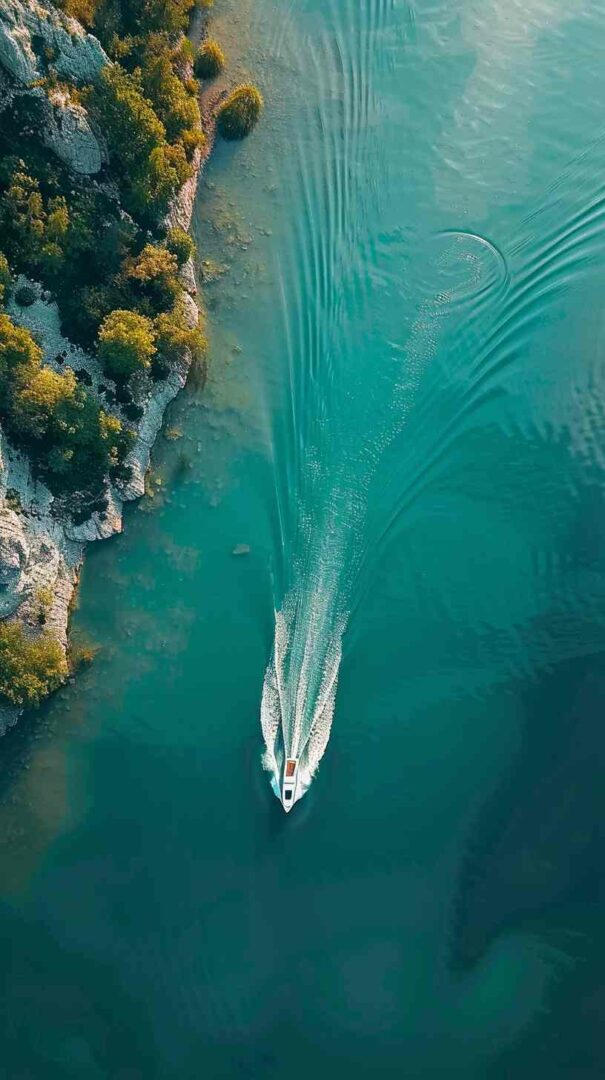
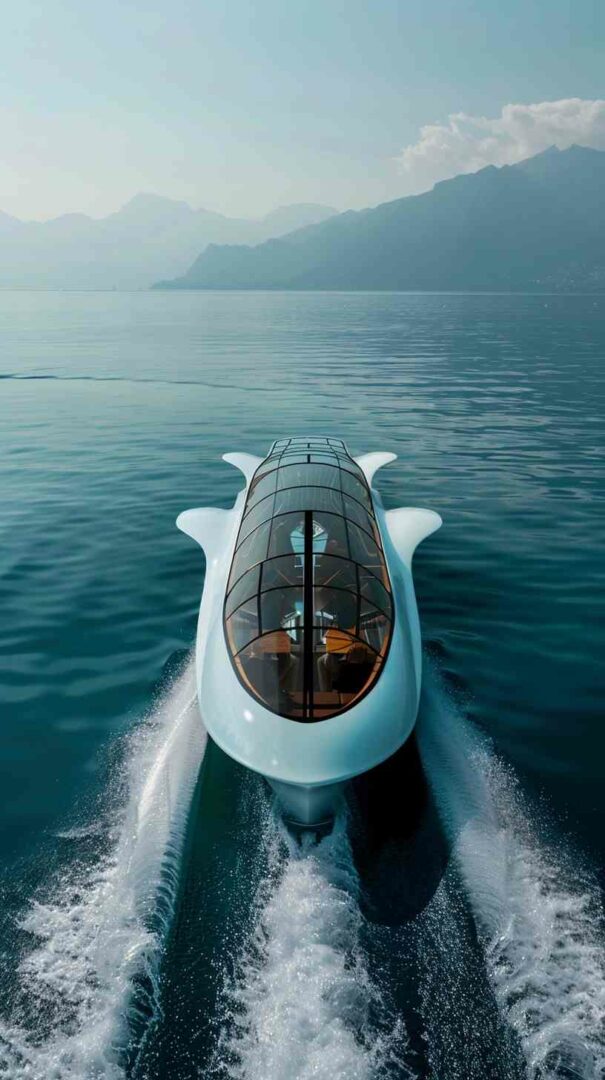
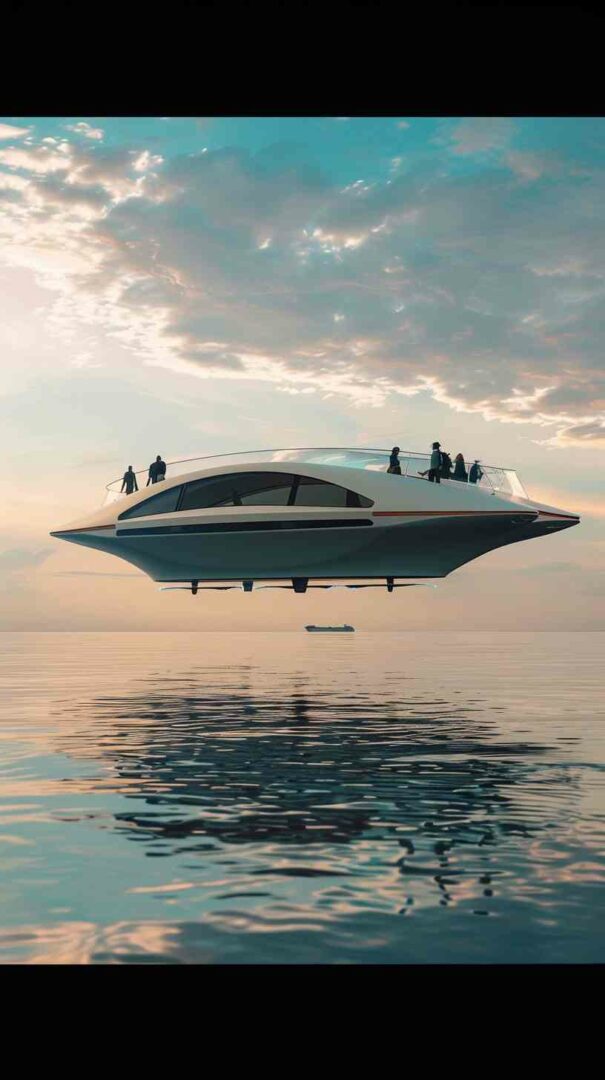

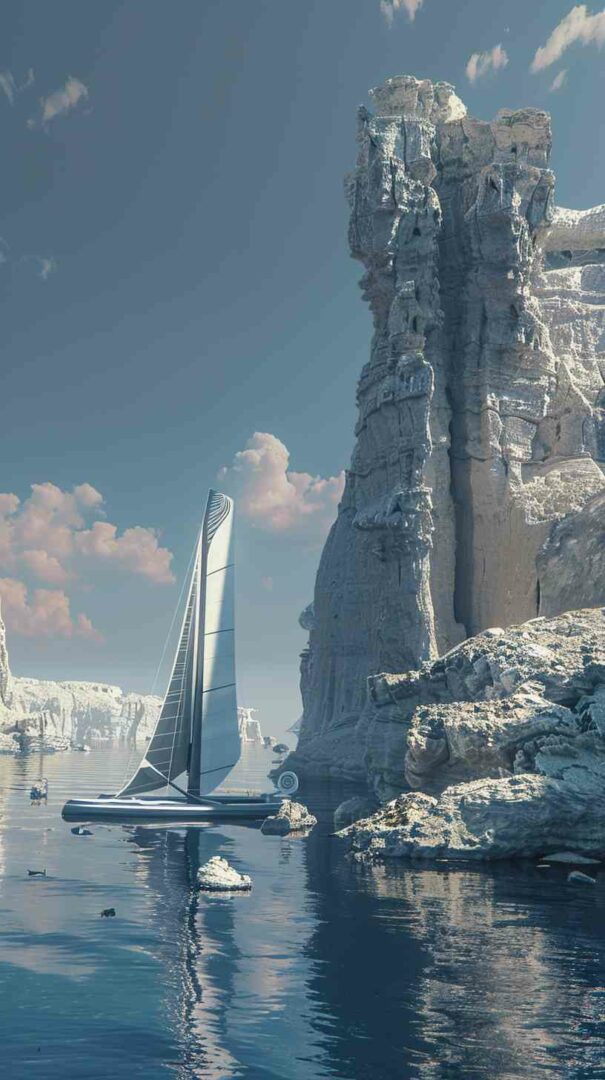

Types of Hydrofoil Images
- Diagrams and Schematics: These are technical representations that show the design and function of hydrofoils. Diagrams often include labels and annotations, illustrating key components and their functions, such as the struts, foils, and control mechanisms.
- Photographs: Real-life images of hydrofoil-equipped vessels provide a clear view of how these boats look and operate. Photos can showcase the sleek design of hydrofoils and their performance on water.
- 3D Renderings and Models: These computer-generated images offer a detailed view of hydrofoil designs, allowing for the visualization of complex shapes and configurations. They are especially useful in the design and testing phases of hydrofoil development.
- Infographics: These are simplified visual representations that combine images and data. Infographics are useful for conveying information about the benefits of hydrofoils, such as speed, efficiency, and fuel savings, in an easily digestible format.
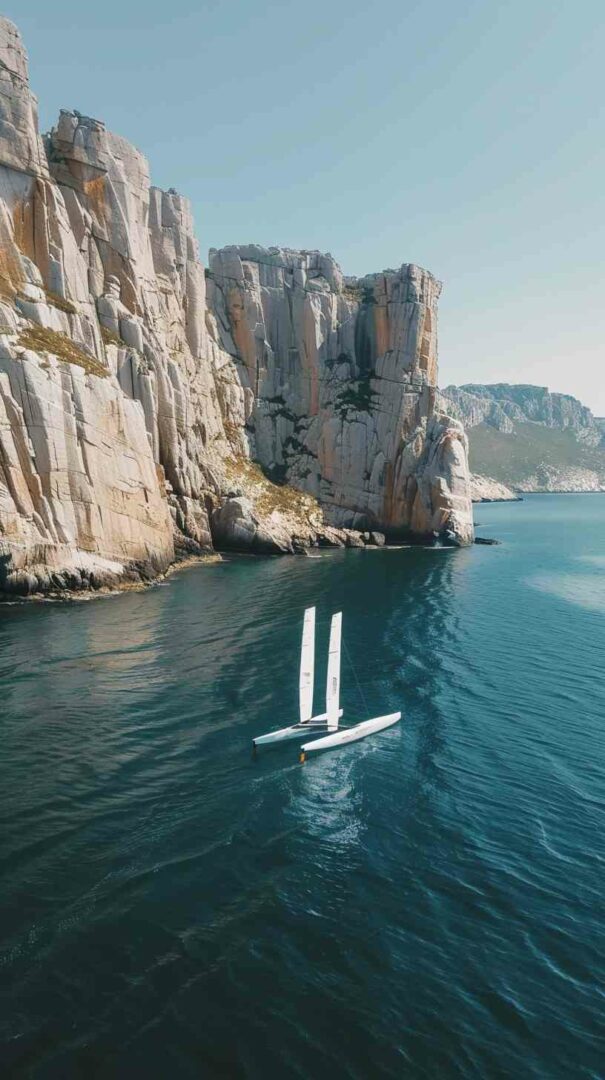
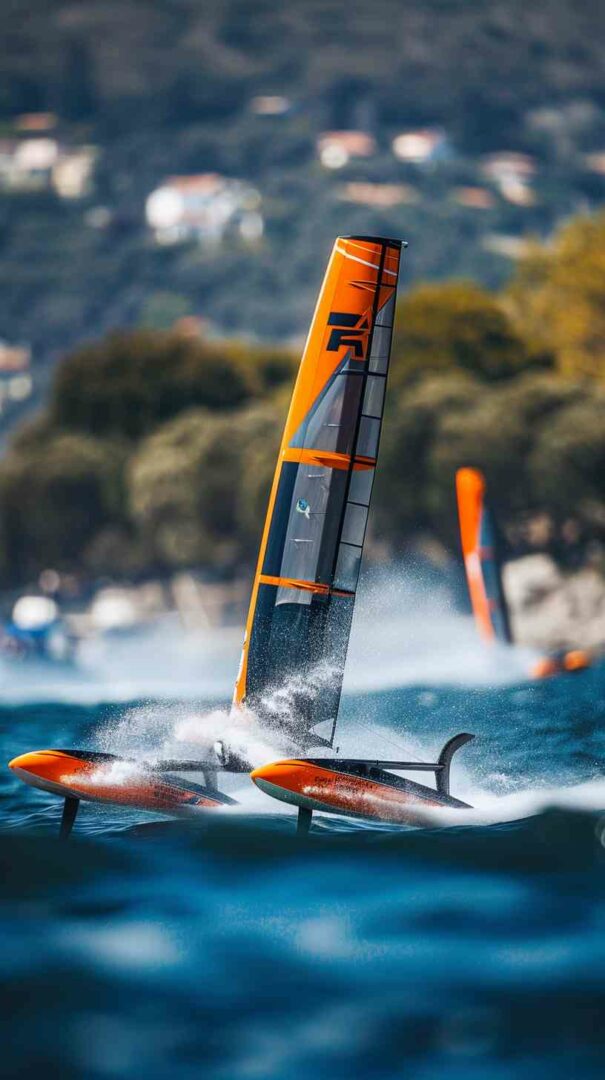
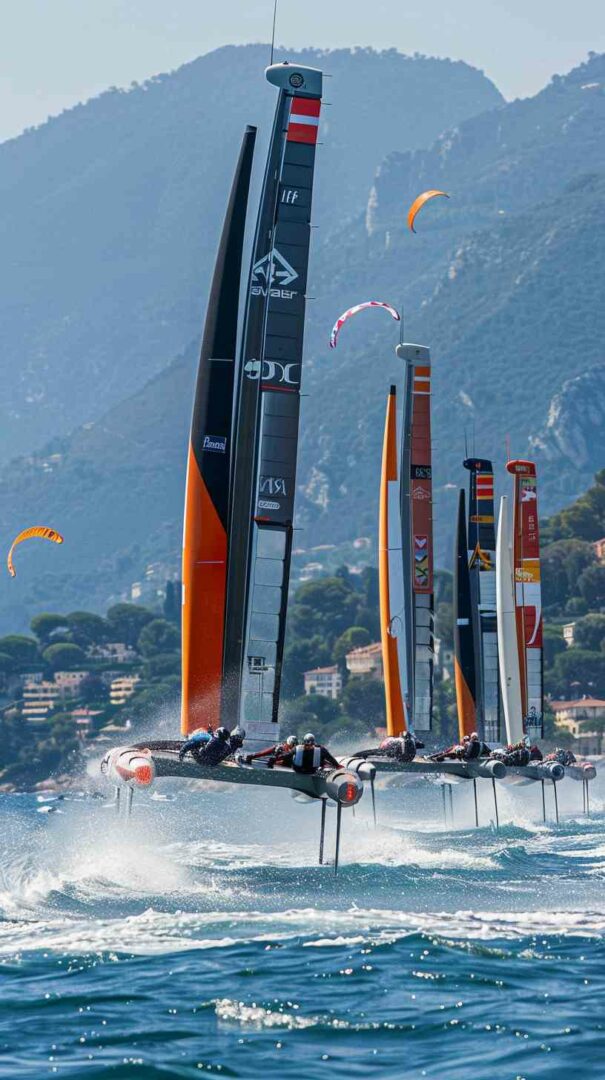
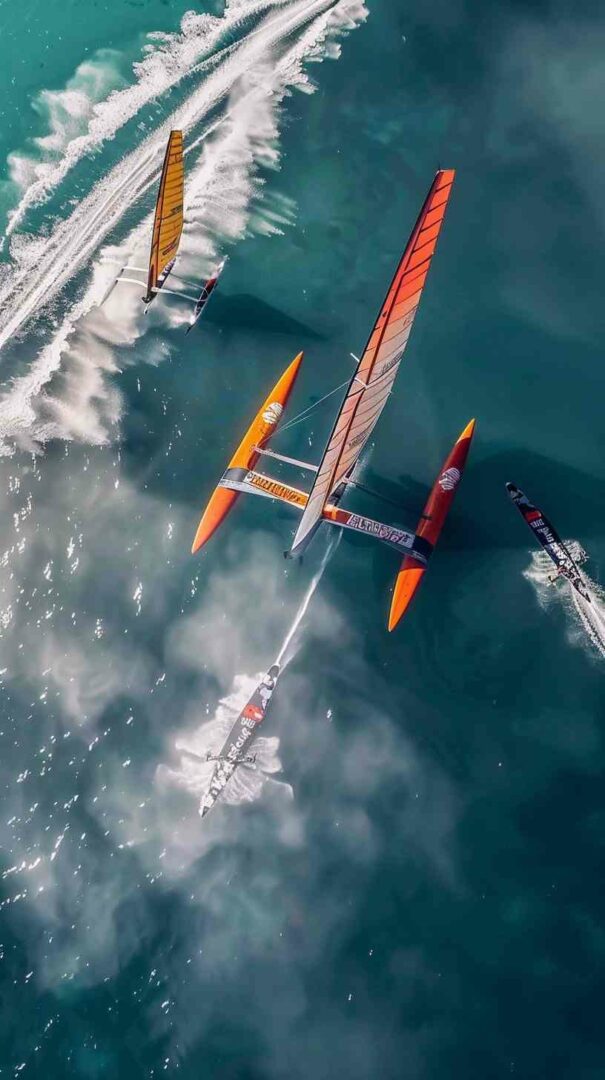

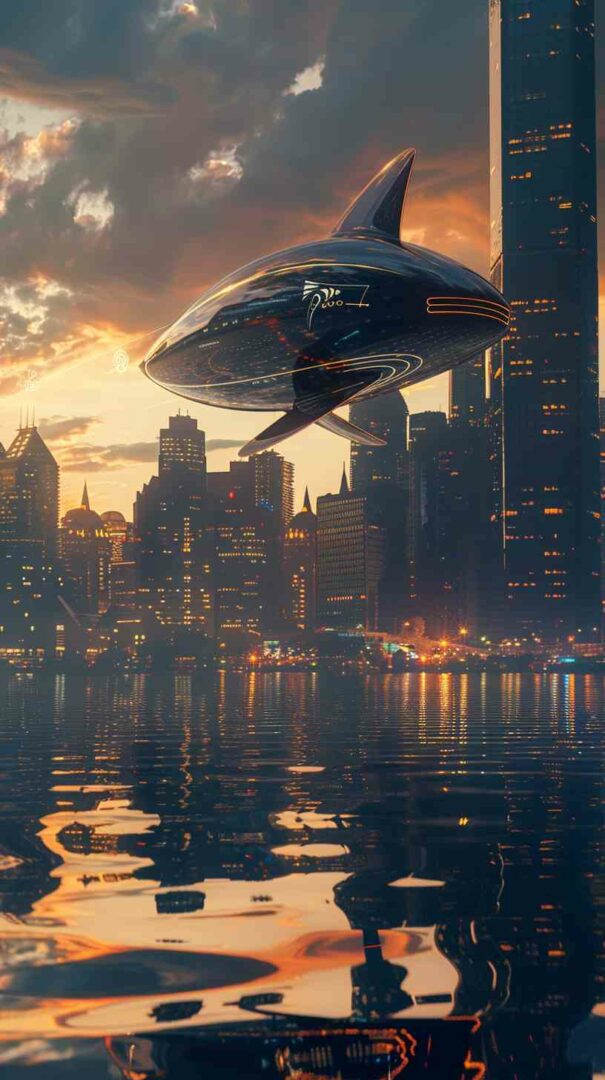
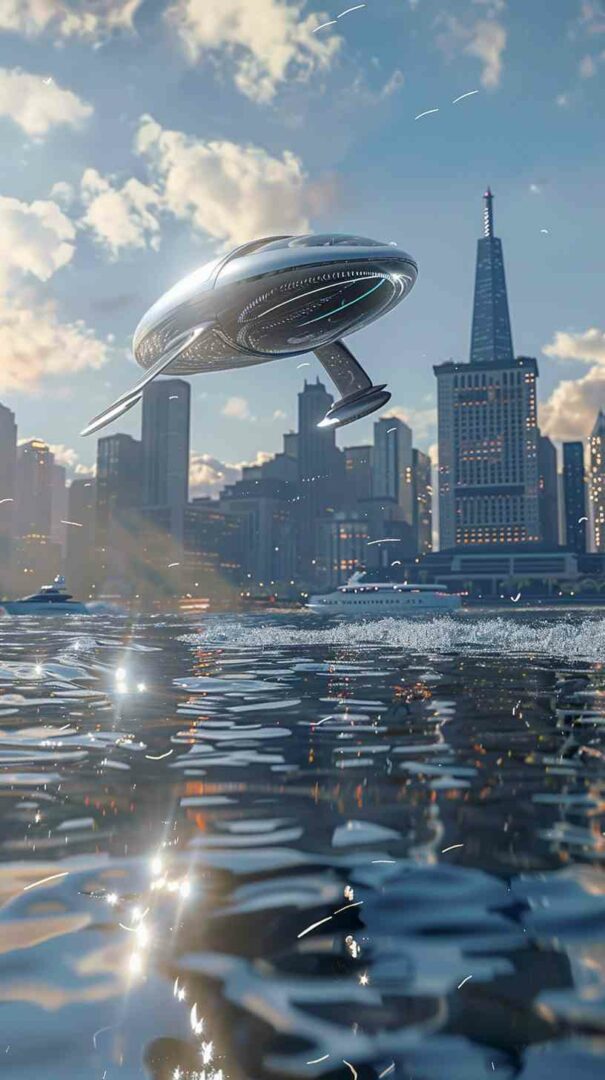
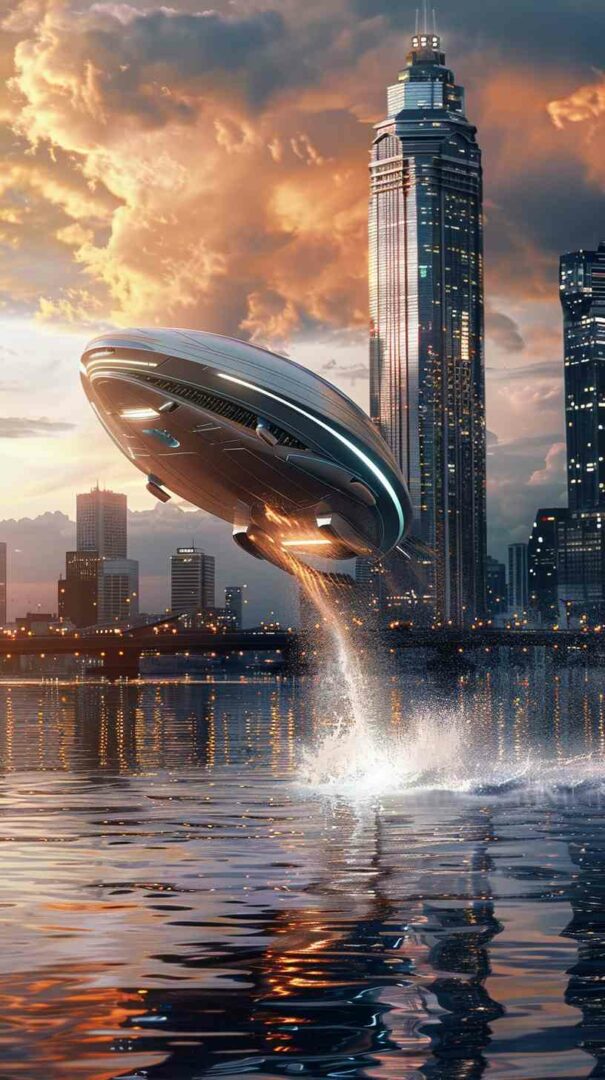

Key Features to Look for in Hydrofoil Images
- Detail and Clarity: High-quality images should clearly show the hydrofoil’s structure, including the shape of the foils, the mounting mechanisms, and any control surfaces.
- Scale and Proportion: It’s important for images to accurately represent the scale and proportion of the hydrofoils relative to the vessel. This helps in understanding how the foils fit and function within the overall design.
- Dynamic Context: Images that show hydrofoils in action—such as a boat lifting out of the water—are particularly useful. They provide a real-world context for how the technology performs and the effects it has on the vessel’s behavior.
- Technical Specifications: In diagrams and schematics, look for detailed annotations that explain technical aspects like the angle of attack, foil area, and material specifications. This information is crucial for those interested in the technical side of hydrofoil design.
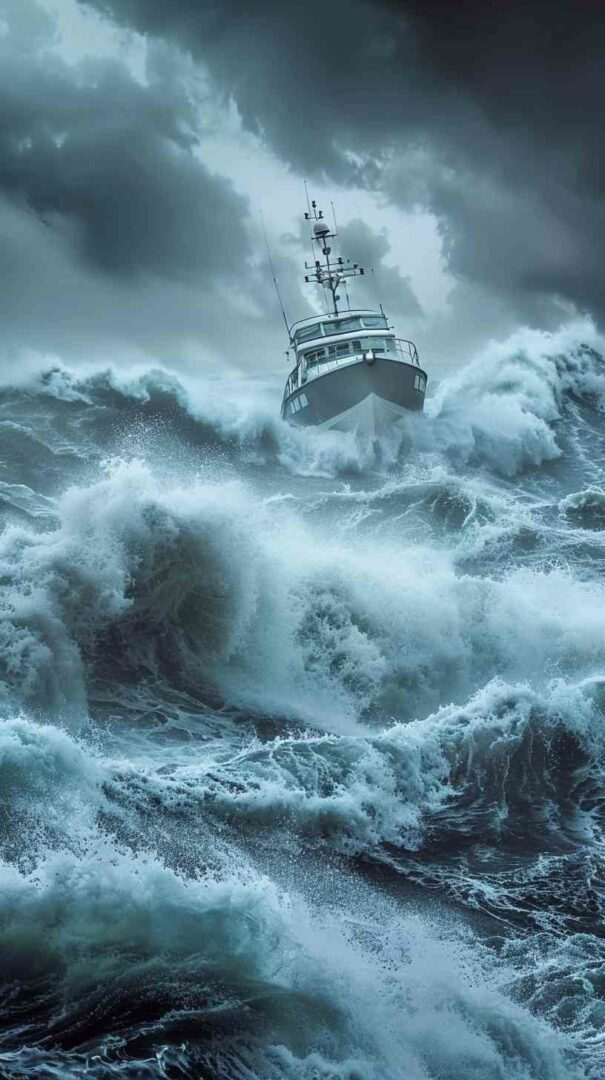
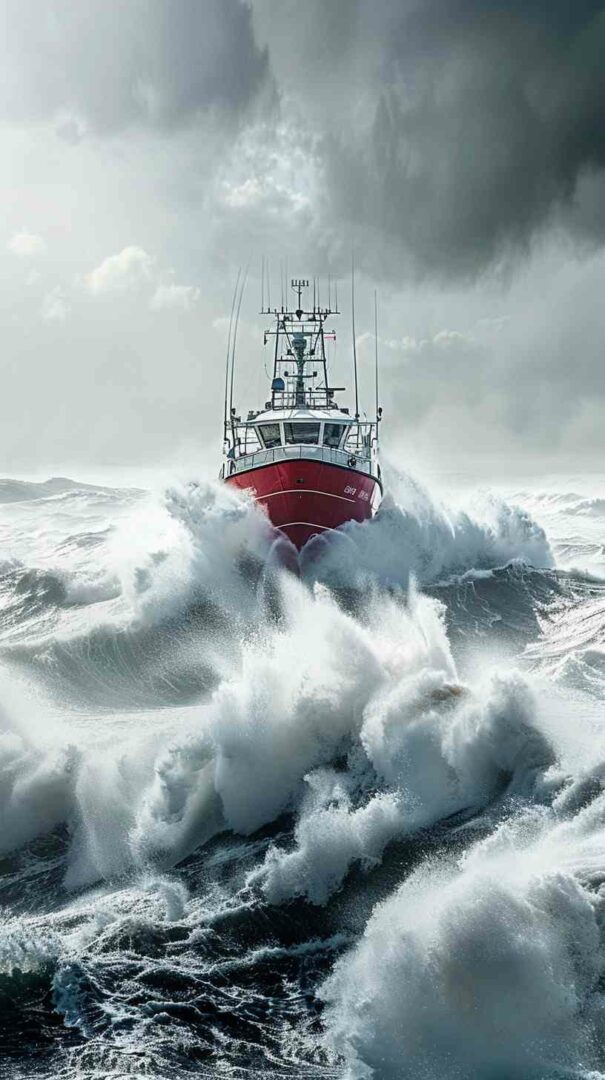
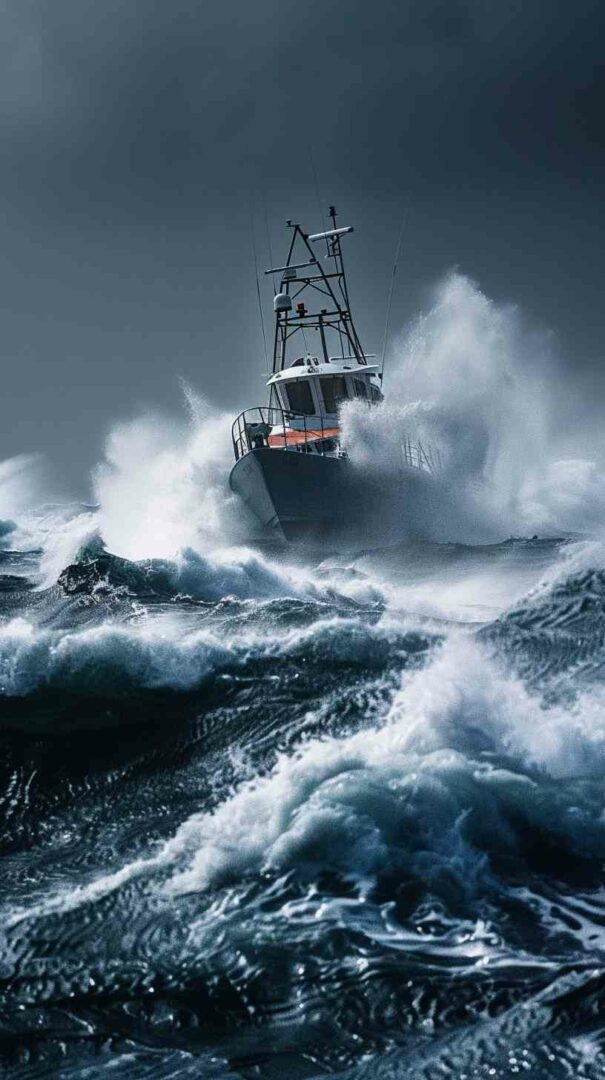
Applications of Hydrofoil Images
- Educational Materials: Hydrofoil images are often used in textbooks, online courses, and tutorials to teach the principles of hydrodynamics and fluid mechanics.
- Design and Engineering: In the design process, engineers use detailed images and models to refine the shape and configuration of hydrofoils. This includes simulations and testing to optimize performance.
- Marketing and Advertising: Companies use striking images of hydrofoil-equipped boats in their marketing materials to highlight the advanced technology and performance benefits of their products.
- Media and Publications: Hydrofoil images are featured in boating magazines, websites, and news articles to illustrate stories about new developments in hydrofoil technology or exciting races involving hydrofoil boats.
Conclusion
Hydrofoil images play a vital role in the understanding and communication of this advanced maritime technology. They help demystify the complex principles of hydrodynamics, showcase the sleek designs of modern hydrofoils, and communicate the benefits of this technology to a broad audience. Whether used for educational purposes, design, or marketing, high-quality hydrofoil images are essential tools in the world of boating and beyond.
As the use of hydrofoils continues to grow and evolve, so too will the need for clear, accurate, and engaging images. These visuals not only aid in the comprehension of the technology but also inspire innovation and interest in the exciting world of hydrofoil-equipped watercraft.
Happy Boating!
Share Hydrofoil Image 4K HD Wallpapers with your friends and leave a comment below with your thoughts.
Read Houseboat Kashmir Pictures 4K HD Wallpapers until we meet in the next article.
